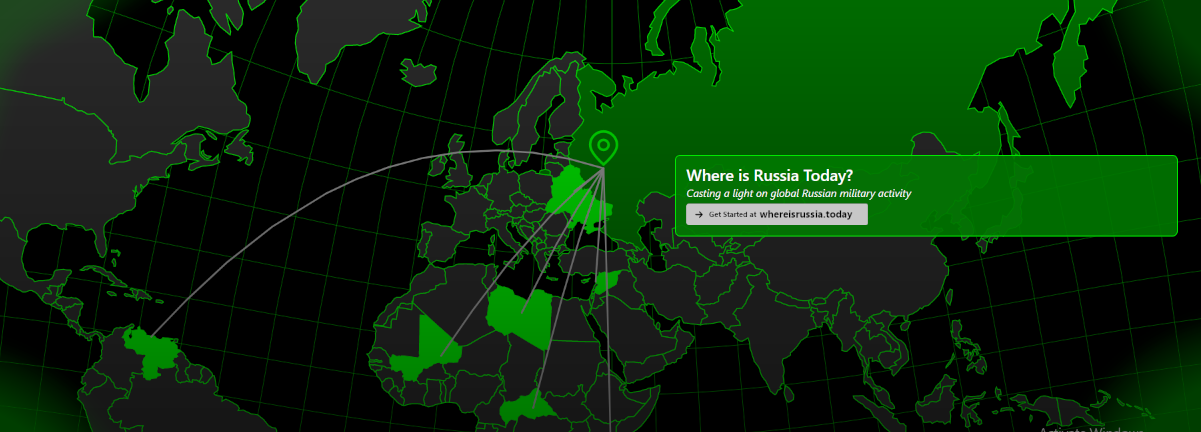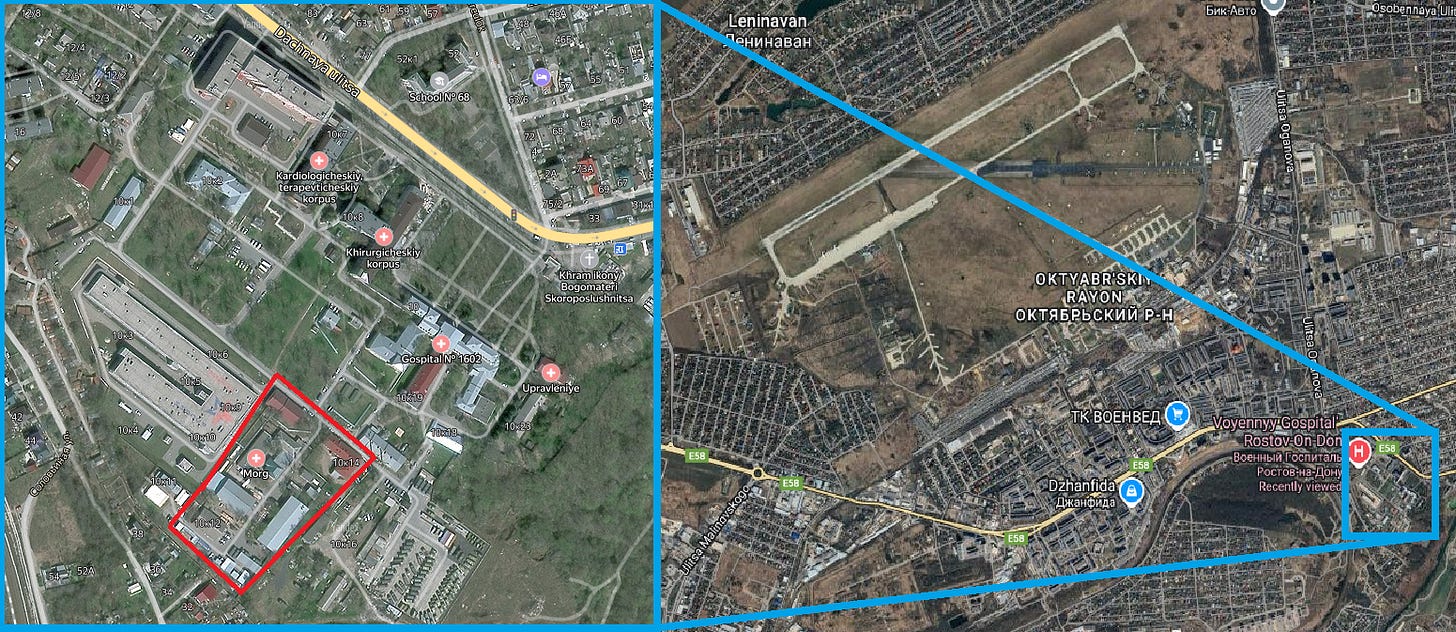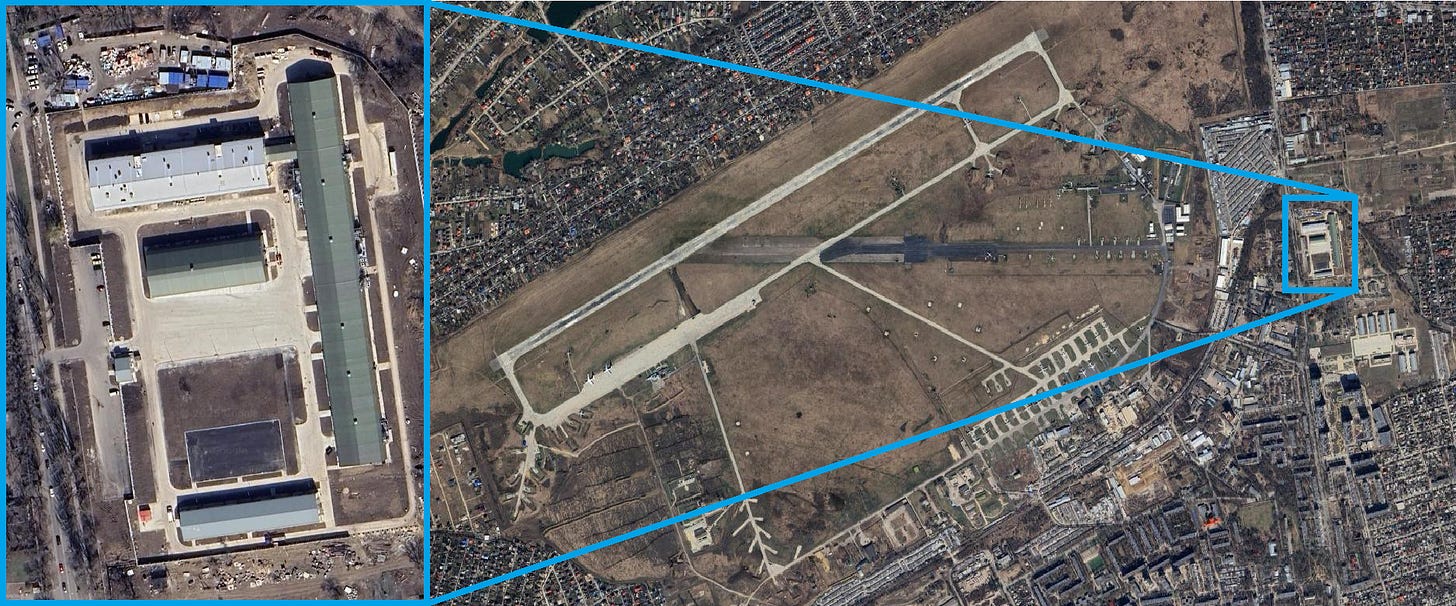Geolocated: Processing 1000 dead a day.
WhereIsRussiaToday lifts the lid on Russia's casualty logistics disaster.
Since the beginning of the Russian invasion of Ukraine in February 2022, the Russian military has suffered enormous losses, far beyond the level initially imagined by the Kremlin. The dreams of a three-day victory, with many soldiers arriving in dress uniform to crowds of celebrating Ukrainians, couldn’t be further from the truth.
In reality, Russian casualties have gone so far beyond the realm of anticipated combat losses, that the running total is almost hard to comprehend. Ukrainian sources indicate that Russian casualties, both dead and wounded, have now surpassed 850,000 - with Russia losing more than 1000 soldiers a day on multiple occasions. In October 2024, the bloodiest month of the invasion so far, Russia averaged over 1500 soldiers killed, per day.
With casualty rates spiraling out of control, Russia has sought to develop an existing military medical system in order to streamline and centralize the way they attempt to deal with the ever increasing attrition rate. To aid this, there is a dedicated unit in place, tasked with receiving casualties and conducting the required administration for delivery to home units or family for burial.
Enter, the 522nd Center for Reception, Processing, and Dispatch of Casualties.
The unit operates in two separate casualty processing facilities in Rostov-on-Don. The older of the 522nd’s two locations is within the grounds of military hospital 1602, located 2km South East of the airfield.
Extremely graphic videos posted to social media platforms, show soldiers attempting to find comrades amongst piles of coffins and body bags, stacked together in their thousands. Many who are not lucky enough to end up in coffins lie on the floor, some in bags and others on trolleys, in varying degrees of decomposition, with workers processing the deceased in truly horrendous conditions. Multiple first hand accounts online highlight the horrors of service within this unit, with infrastructure overwhelmed by the sheer number of arrivals in these overflowing warehouses.
Video 1 shows stacks of thousands of body bags in the processing facilities.
Video 2 - NSFW - A very graphic walk-around the new 522nd facility.
Based upon background detail within this footage, WhereIsRussiaToday geolocated it to a newer 522nd facility immediately East of the airfield.
Video 3 - NSFW Graphic walk-around the new facility - Geolocation below.
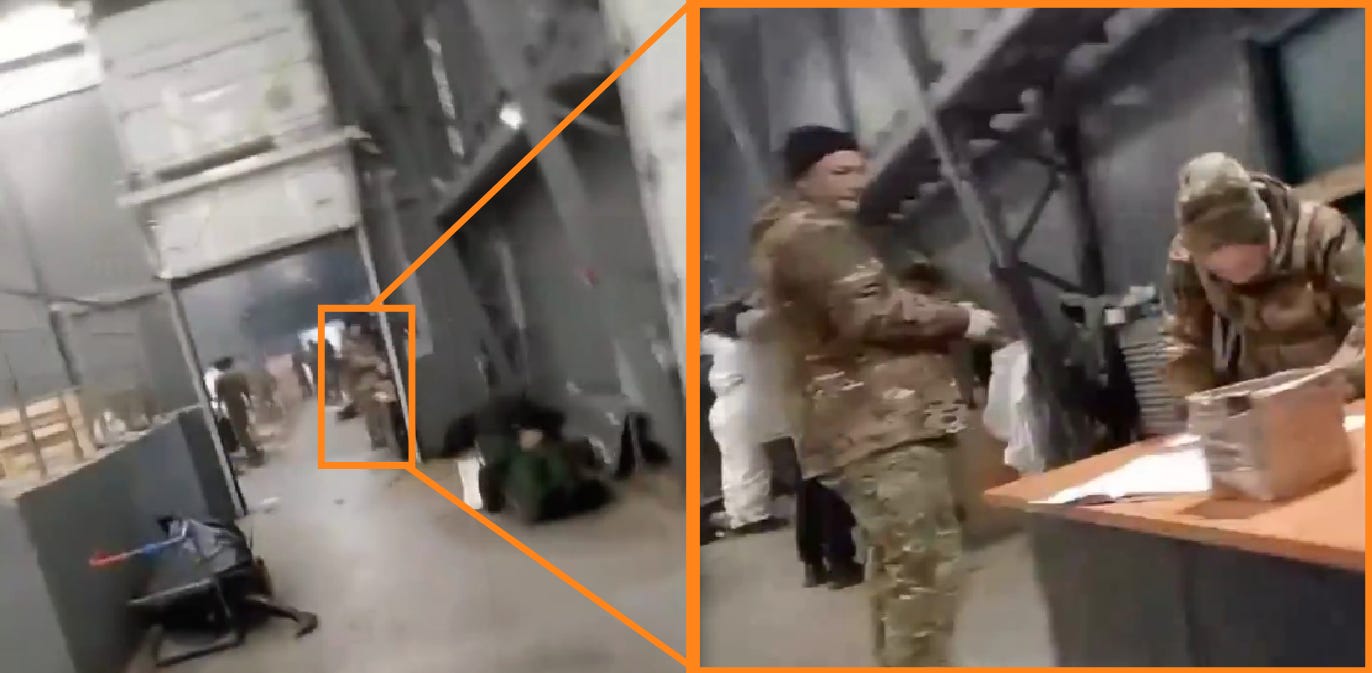
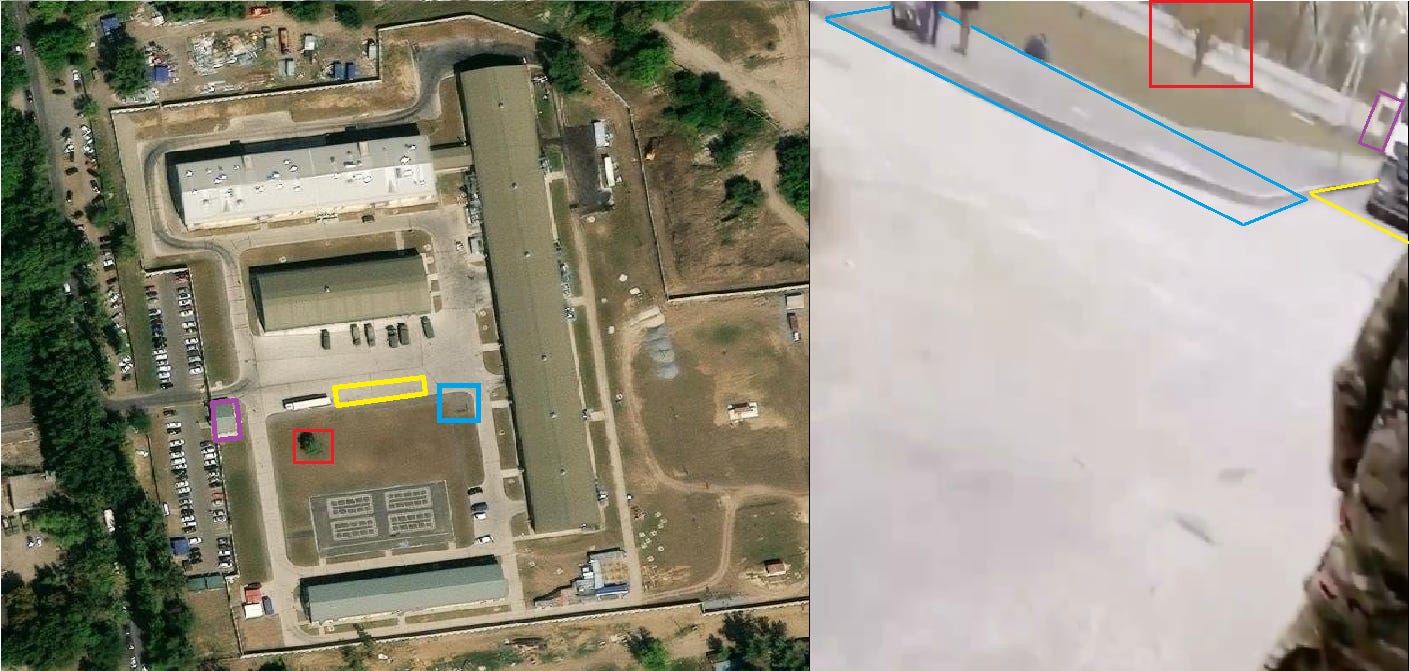
The two facilities are staffed by military doctors, medics and regular soldiers, who are rotated through assignments to the warehouses, charged with the grim task of administering the catastrophic amounts of dead that arrive at the unit on a daily basis. Both locations are conveniently within close proximity to Rostov-on-Don Airbase, home to the 30th Independent Composite Transport Aviation Regiment, allowing transit of deceased soldiers back to home bases and families for burial.
Casualty logistics is an area in which Russia is clearly struggling. With the Hospital 1602 morgue under relentless pressure with massive deliveries of dead servicemen on a daily basis, the opening of a second facility is a frightening indicator of the true scale of the Kremlin’s conflict. Figures leaked between February 2022 and May 2024 show that even before the new facility was established, Hospital 1602’s morgue processed 13,691 dead soldiers from just four military units alone, out of the hundreds involved in the conflict.
Despite staggering losses, Moscow has the numbers and resources to endure at the moment, but for how long? Estimates as of January 2025, suggest that at least 580,000 Russian troops are currently actively involved in the invasion. Though with more than 850,000 losses already incurred, how sustainable is this for Russia in the long term?





